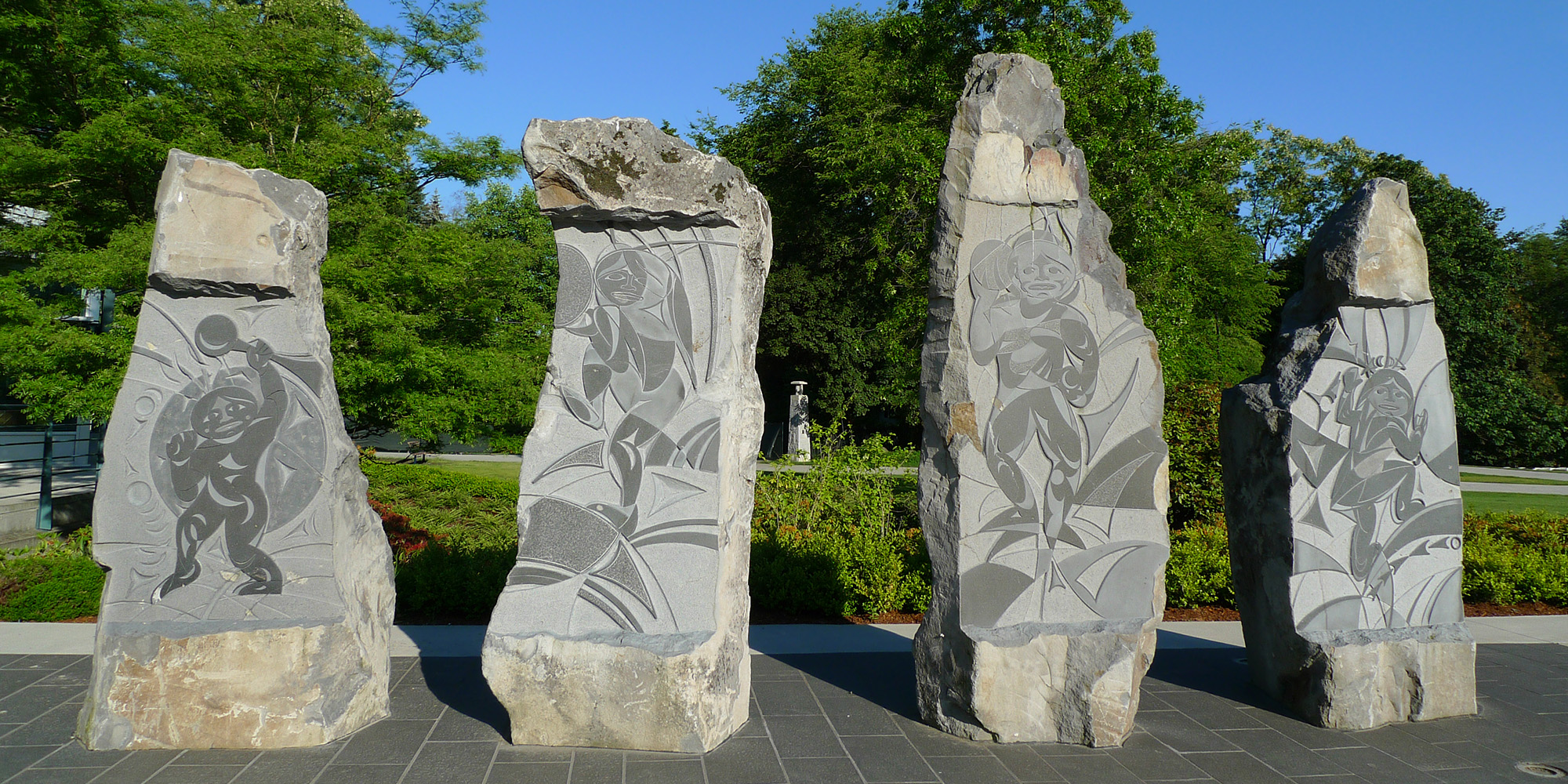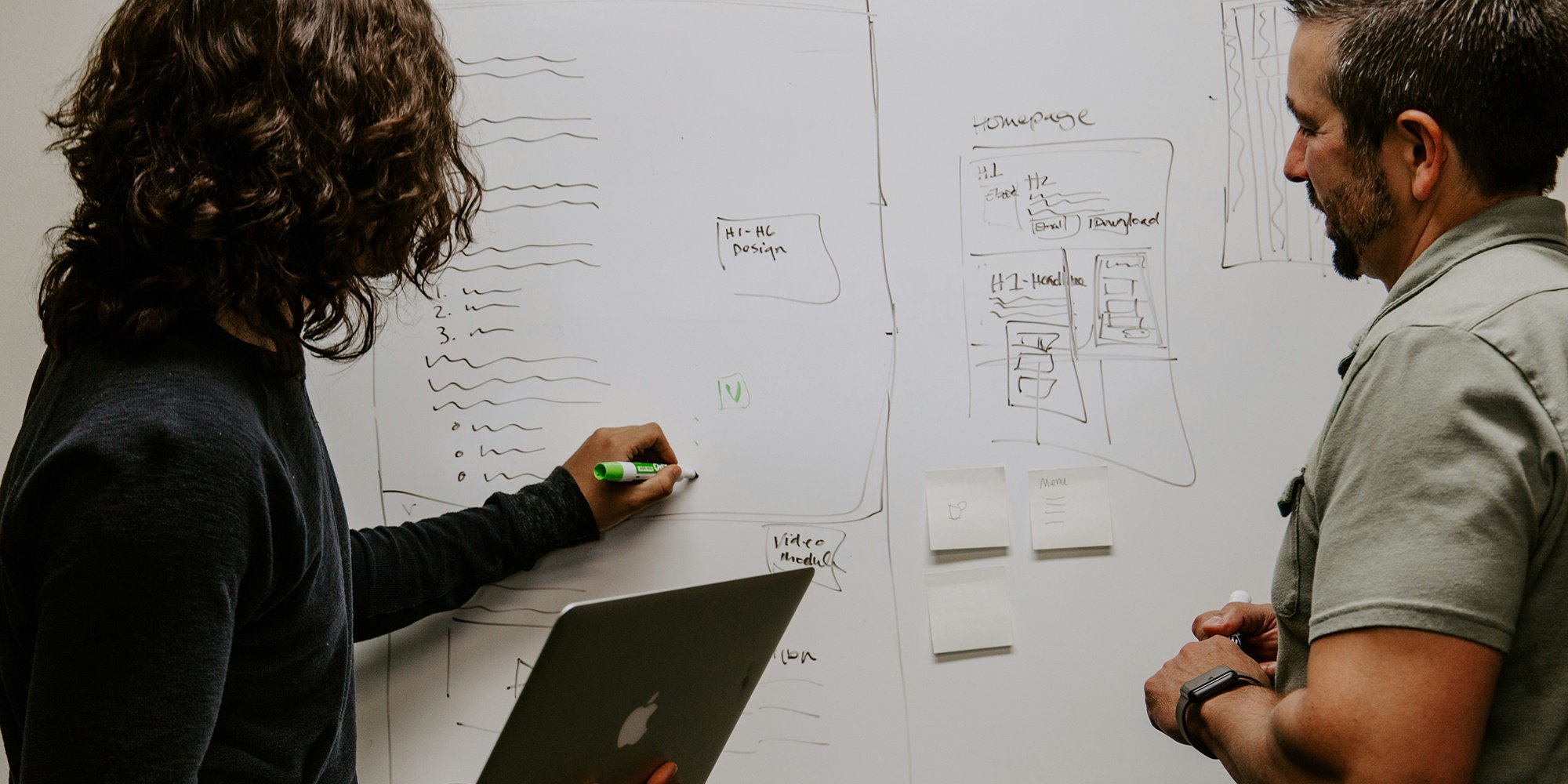Compilation of Resources for Indigenous Consultation
When first starting work on a project that may intersect with one or more Indigenous communities there is a mountain of background information that...
2 min read
Bob Joseph January 21, 2013

Why do we see some organizations call their work Indigenous Engagement and some refer to it as Indigenous Consultation? To find the answer we need to look into a somewhat rapidly evolving area of the law called Indigenous Consultation and Accommodation, and specifically at a legal principle called the duty to consult and who owes the duty to consult - the project proponent or the government?
The duty to consult first emerged in the Delgamuukw and Gisday'way decision coming out of the Supreme Court of Canada in December 1997. This duty obliges the government to consult with Indigenous Peoples when projects infringe on the rights and title of the Indigenous Peoples. With the duty to consult decision, questions arose such as whether the duty to consult could be delegated by government to the corporations whose business was resulting in the infringement, ie. forestry or power developments. In the Haida Nation v. B.C. and Weyerhaeuser ruling it was confirmed that only administrative portions of the duty to consult may be delegated to corporations and that governments clearly maintain the obligation to fulfill the legal duty to consult:
A declaration is made that the Crown provincial had in 2000, and the Crown and Weyerhaeuser have now, legally enforceable duties to the Haida people to consult with them in good faith and to endeavor to seek workable accommodations between the aboriginal interests of the Haida people, on the one hand, and the short-term and the long-term objectives of the Crown and Weyerhaeuser to manage T.F.L. 39 and Block 6 in accordance with the public interest, both aboriginal and non-aboriginal, on the other hand.” Haida Nation v. B.C. and Weyerhaeuser, 2002 BCCA 462
There you have it - government more so, and corporations less so, have the duty to consult and if need be, seek workable accommodations. Some corporations initially took the Haida decision as the affirmation that the government has the duty to consult and therefore should be doing this work. Sounds good in principle but what happens if the government gets it wrong? Two words, “Legal Challenges.” If this happens from a corporate perspective timelines get pushed back, costs increase, and sometimes projects are stalled for years.
So in practice, what’s a corporation to do? It turns out that government is providing direction and is delegating the duty to consult to corporations (mining, forestry, pipelines, ski hills, etc.). Some corporations call this work “Indigenous engagement” as the government has the duty to consult and the government working in conjunction or following up with Indigenous consultation. Engagement and consultation go hand in hand and in a perfect world, it means engagement, early, often and ongoing.
The ideal best practice for a corporation having successfully entered into Indigenous Engagement would be to have a fully executed impact and benefit agreement or other such instruments evidencing Indigenous community agreement before lobbying government for the requisite permits.
Featured photo: Deer Lake Park sculpture 'Vitality' by Thomas Cannell, Coast Salish artist. Photo: JMV, Flickr

When first starting work on a project that may intersect with one or more Indigenous communities there is a mountain of background information that...

There are many reasons for researching an Indigenous community but for the purposes of this article, we are talking about research in terms of a...

Early, respectful, transparent and consistent communication with Indigenous communities is the foundation of any good engagement strategy. In order...